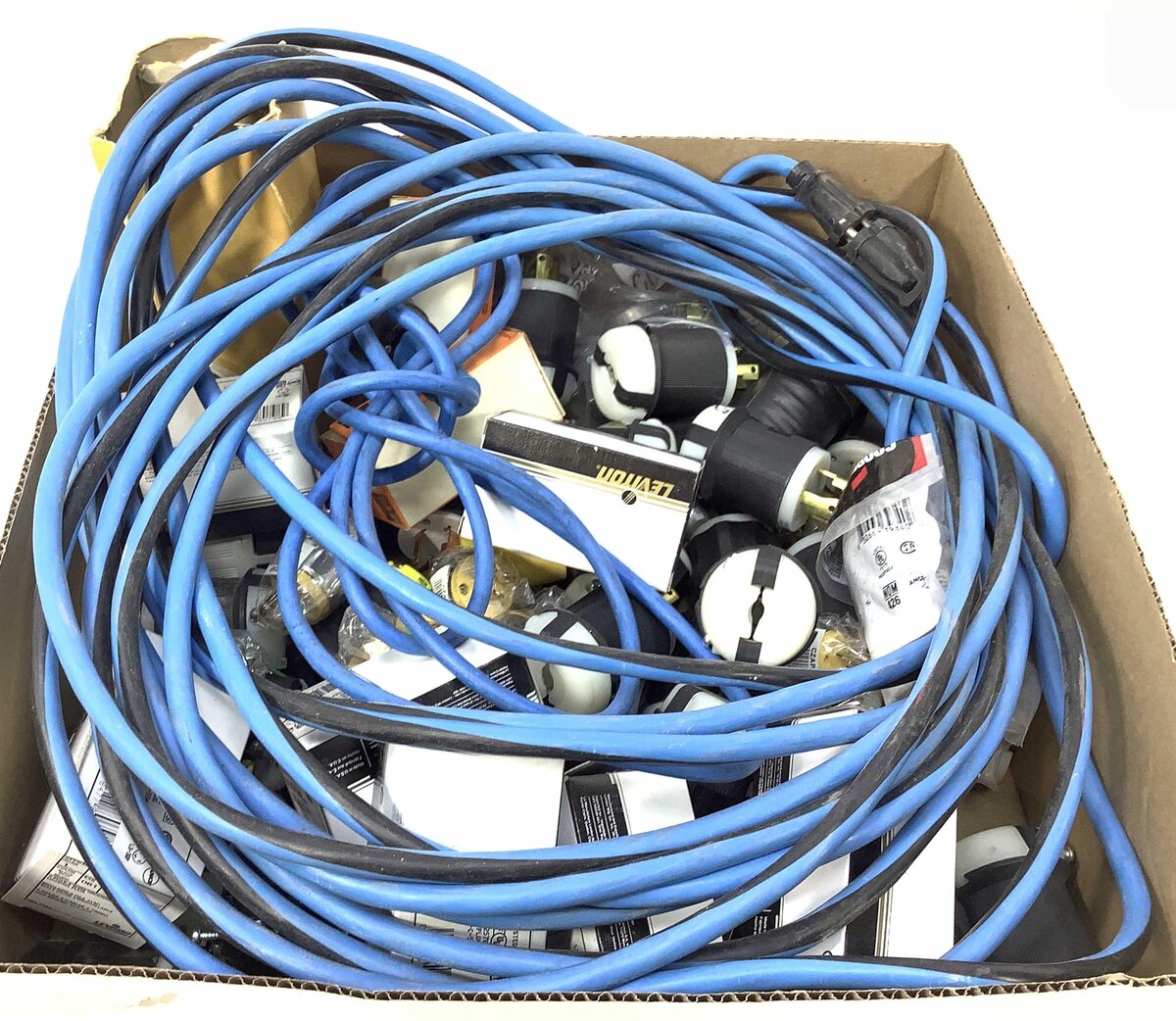

Articles
How Long Can A 220V Extension Cord Be
Modified: March 1, 2024
Discover the maximum length for a 220V extension cord and learn how to choose the right length for your needs. Read more articles on extension cords.
(Many of the links in this article redirect to a specific reviewed product. Your purchase of these products through affiliate links helps to generate commission for Storables.com, at no extra cost. Learn more)
Introduction
An extension cord is a vital tool for many households and workplaces. It allows us to access power sources even when they are not conveniently located. However, when it comes to extension cords, one important consideration that often comes to mind is the length. Specifically, how long can a 220V extension cord be without compromising safety or performance?
While it may be tempting to stretch an extension cord to its limits to reach a desired location, it is crucial to understand the potential risks and limitations associated with cord length. In this article, we will delve into the factors that need to be considered when determining the maximum length of a 220V extension cord.
Before we explore the specifics, it is essential to highlight the importance of safety when working with extension cords. Electrocution, power surges, and fire hazards are potential risks if the cords are not used correctly or if they are overloaded. So, always prioritize safety and ensure you are using the right extension cord for the intended purpose.
Now, let’s move on to understanding the role of voltage drop and wire gauge in determining the maximum length of a 220V extension cord.
Key Takeaways:
- Prioritize safety and choose the right extension cord for your needs to avoid hazards and ensure optimal performance when using a 220V extension cord.
- Consider voltage drop, wire gauge, and specific load requirements to determine the maximum length of a 220V extension cord, ensuring safe and efficient power supply for your devices.
Read more: How To Make A 220V Extension Cord
Safety Considerations
When it comes to using extension cords, safety should always be the top priority. It is crucial to follow certain guidelines to minimize the risk of electrical accidents or fire hazards. Here are some safety considerations to keep in mind:
- Choose the right extension cord: Make sure to select an extension cord that is suitable for the intended use. Look for cords that are specifically designed for heavy-duty or outdoor use if needed. Using the wrong type of extension cord can increase the risk of overheating and electrical hazards.
- Inspect the cord: Before using an extension cord, visually inspect it for any signs of damage, such as frayed or exposed wires, cracked insulation, or loose connections. Do not use a damaged cord as it may pose a safety risk.
- Do not overload the cord: Each extension cord has a maximum amperage rating, which indicates the amount of current it can safely handle. Exceeding this rating can lead to overheating and potential fire hazards. Make sure the total wattage of the devices plugged into the extension cord does not exceed its maximum capacity.
- Avoid daisy-chaining: Do not connect multiple extension cords together by plugging one into another. This not only increases the risk of overloading but also creates potential tripping hazards. Instead, use a single extension cord that is long enough for your needs.
- Position the cord properly: Avoid placing the extension cord in high-traffic areas where it can be easily damaged or cause trip hazards. Keep it away from heat sources, water, and flammable materials to prevent accidents.
By following these safety considerations, you can significantly reduce the risk of electrical accidents and ensure the safe use of your extension cord.
Voltage Drop
One important factor to consider when determining the maximum length of a 220V extension cord is voltage drop. Voltage drop refers to the decrease in voltage that occurs along the length of a conductor when current flows through it. It is a natural phenomenon that happens in all electrical circuits.
When using long extension cords, voltage drop becomes a concern because it can affect the performance of the appliances or equipment connected to the cord. If the voltage drops too much, it may result in inadequate power supply to the device, causing it to operate less efficiently or not function at all.
The amount of voltage drop depends on several factors, including the length of the cord, the current flowing through it, and the wire gauge. As the length of the cord increases, the voltage drop also increases.
It is important to understand that different appliances or equipment have different voltage tolerance levels. Some devices may be more sensitive to voltage drops than others. For example, appliances that rely on precise voltage, such as electronics or sensitive machinery, may experience issues if the voltage drop is significant.
To minimize voltage drop, it is recommended to use a thicker wire gauge. Thicker wires have lower resistance, allowing them to carry current more efficiently and reducing the voltage drop. Choosing the appropriate wire gauge for your extension cord is crucial to ensure optimal performance.
There are various wire gauge options available, ranging from 18 AWG (American Wire Gauge) to 10 AWG, with lower numbers representing thicker wires. As a general guideline, the longer the extension cord, the thicker the wire gauge should be to minimize voltage drop.
To accurately determine the maximum length of a 220V extension cord without significant voltage drop, it is recommended to consult wire gauge charts or consult with an electrician who can provide expert advice based on your specific needs.
By considering and addressing voltage drop, you can ensure that your extension cord delivers the appropriate voltage to power your devices safely and efficiently.
Wire Gauge
Wire gauge, also known as wire size, plays a crucial role in determining the maximum length of a 220V extension cord. The wire gauge refers to the thickness or diameter of the wire, and it directly affects the amount of electrical current the wire can safely carry without significant voltage drop or overheating.
Wire gauge is measured using the American Wire Gauge (AWG) system, where smaller gauge numbers indicate thicker wires. Thicker wires have lower resistance, meaning they can handle a higher current load and experience less voltage drop compared to thinner wires.
When it comes to extension cords and cable runs, it is important to choose the appropriate wire gauge to ensure optimal performance and safety. Here are some commonly used wire gauges for extension cords:
- 14 AWG: This wire gauge is commonly used for shorter extension cords or light-duty applications. It can handle loads of up to 15 amps and is suitable for powering small appliances or electronics.
- 12 AWG: With a thicker diameter, 12 AWG wire is capable of carrying heavier loads of up to 20 amps. It is commonly used for medium-duty applications or longer extension cords.
- 10 AWG: This wire gauge is thicker and can handle even higher loads of up to 30 amps. It is often used for heavy-duty applications or long extension cords that power high-demand devices or equipment.
Choosing the appropriate wire gauge depends on various factors, including the length of the extension cord, the current load, and the specific appliances or equipment being powered. It is crucial to consider these factors to ensure that the wire gauge can handle the required current without significant voltage drop or overheating.
While thicker wire gauges can handle higher loads and longer cord lengths, it is important to avoid using excessively thick wires for short extension cords. In such cases, it is recommended to match the wire gauge to the intended load and length for optimal performance.
Consulting wire gauge charts or seeking advice from a qualified electrician can be helpful in determining the appropriate wire gauge for your specific application. By selecting the right wire gauge, you can ensure the safe and efficient operation of your extension cord.
The maximum recommended length for a 220V extension cord is 100 feet. Using a longer cord can result in voltage drop and potential safety hazards.
Maximum Length Guidelines
When determining the maximum length of a 220V extension cord, it is important to consider the voltage drop, wire gauge, and the specific requirements of the appliances or equipment being powered. While there are no hard and fast rules, there are some general guidelines to keep in mind:
- Consider the voltage drop: As mentioned earlier, voltage drop becomes more significant as the length of the extension cord increases. It is generally recommended to keep the voltage drop within 3% to ensure optimal performance. For example, if you have a 220V supply, the voltage drop should not exceed 6.6V.
- Choose the appropriate wire gauge: The wire gauge plays a crucial role in minimizing voltage drop and ensuring the safe transmission of current. As a general guideline, for a 220V supply, you can consider the following maximum cord lengths for different wire gauges:
| Wire Gauge | Maximum Cord Length |
|---|---|
| 14 AWG | Up to 50 feet |
| 12 AWG | 50-100 feet |
| 10 AWG | Above 100 feet |
- Consider the specific load requirements: Some appliances or equipment may have specific requirements when it comes to voltage drop and cord length. It is essential to refer to the manufacturer’s guidelines and specifications related to the devices you are powering. These guidelines may provide specific recommendations or restrictions regarding the maximum length of the extension cord.
- Be cautious with longer cord lengths: It’s important to exercise caution when using longer extension cords. As the cord length increases, the voltage drop becomes more significant, potentially affecting the performance and safety of the equipment. If you require a longer cord length, consider using a heavier wire gauge or seeking professional advice to ensure safe operation.
Keep in mind that these guidelines are general recommendations and may vary depending on specific circumstances, such as the load requirements, wire quality, and environmental factors. It is always best to consult wire gauge charts, manufacturer guidelines, or seek assistance from an electrician to determine the maximum length of a 220V extension cord for your specific needs.
By following these maximum length guidelines and considering the voltage drop, wire gauge, and load requirements, you can ensure the safe and efficient use of your extension cord for powering your devices or equipment.
Read also: 13 Amazing Hair Dryer 220V For 2025
Factors That Affect Cord Length
When determining the maximum length of a 220V extension cord, several factors come into play. By understanding these factors, you can make informed decisions about the appropriate cord length for your specific needs. Here are some key factors that can affect cord length:
- Current Load: The amount of current drawn by the devices or equipment being powered is a crucial factor in determining cord length. Higher current loads can cause more voltage drop over longer cord lengths. Therefore, it is essential to consider the total current requirements of the devices to ensure they receive adequate power.
- Wire Gauge: As discussed earlier, the wire gauge or thickness of the wire affects its ability to carry current without significant voltage drop. Thicker wires, such as 10 AWG, have lower resistance and can handle higher loads over longer distances. The wire gauge should be chosen based on the current load and the desired cord length.
- Voltage Drop Tolerance: Different appliances or equipment have varying tolerances for voltage drop. Some devices may be more sensitive to voltage fluctuations than others. It is important to consult the manufacturer’s specifications to understand the voltage drop tolerance of the devices you plan to power with the extension cord.
- Environmental Conditions: The environment in which the extension cord will be used can impact its maximum length. Extreme temperatures, moisture, and other environmental factors can affect the cord’s performance and safety. Considerations such as using outdoor-rated cords or taking measures to protect the cord from harsh conditions are important to ensure its longevity.
- Cord Quality: The quality of the extension cord itself can also impact its length limitations. Higher-quality cords often have better insulation and conductive properties, allowing for longer cord lengths with minimal voltage drop and heat buildup. Investing in a reliable, well-constructed extension cord can contribute to its overall performance and safety.
It is important to take all these factors into account when determining the maximum length of a 220V extension cord. By considering the current load, wire gauge, voltage drop tolerance, environmental conditions, and cord quality, you can make an educated decision about the appropriate cord length for your specific requirements.
Additionally, seeking guidance from electricians, consulting wire gauge charts, and referring to equipment manufacturer guidelines can provide further insight and assistance in determining the maximum feasible cord length.
By carefully considering these factors, you can ensure the safe and effective use of your 220V extension cord while maintaining optimal performance for your devices or equipment.
Practical Limitations
While there are guidelines and factors to consider when determining the maximum length of a 220V extension cord, there are also practical limitations that should be taken into account. These limitations can help ensure the safe and efficient use of the extension cord. Here are some practical limitations to keep in mind:
- Convenience and Accessibility: It is important to consider the convenience and accessibility of the power source. While it may be theoretically possible to have an extremely long extension cord, it may not be feasible or practical to have a cord that stretches a significant distance. Consider the ease of access to the power source and the convenience of using a shorter, more manageable cord.
- Avoiding Hazards and Obstacles: Long extension cords can create tripping hazards and increase the risk of accidents. It is essential to consider the layout of the space where the extension cord will be used. Avoid running the cord across walkways or areas where it may be susceptible to damage from foot traffic or other obstacles.
- Managing Cable Bundles: If multiple extension cords are used together, it is important to manage cable bundles properly to avoid overheating and entanglement. Make sure the cords are not tightly wound and are adequately spaced to allow for proper airflow and prevent overheating.
- Consider Voltage Requirements: Some devices or equipment may have specific voltage requirements that should be taken into account when determining the maximum cord length. If the voltage drop is significant due to the cord length, it may impact the performance and functionality of the devices.
- Seek Professional Advice: If you have specific requirements or are unsure about the maximum length of the extension cord for your situation, it is always best to seek advice from a qualified electrician. They can assess your needs, evaluate the factors involved, and provide recommendations tailored to your circumstances.
By considering these practical limitations, you can ensure the safe and practical use of your 220V extension cord. It is important to balance the desired cord length with the convenience, accessibility, and safety considerations of the space where the extension cord will be used.
Remember, always prioritize safety and adhere to the manufacturer’s guidelines and specifications for both the extension cord and the devices or equipment being powered. By doing so, you can confidently use the extension cord within its practical limitations and maintain the efficiency and safety of your electrical setup.
Conclusion
Choosing the appropriate length for a 220V extension cord is crucial for ensuring safety, efficiency, and optimal performance. While there are no hard and fast rules for determining the maximum length, understanding the factors that come into play can help you make informed decisions.
Safety considerations, such as choosing the right extension cord, inspecting it for damage, avoiding overloading, and proper cord placement, should always be prioritized. Furthermore, voltage drop, wire gauge, and the specific requirements of the devices being powered are critical factors to consider.
By following general guidelines and considering factors such as voltage drop, wire gauge, current load, environmental conditions, and practical limitations, you can determine an appropriate maximum length for your 220V extension cord. In cases where uncertainty arises, seeking advice from professionals, such as electricians, can provide valuable insights and ensure the safe and efficient use of the extension cord.
Ultimately, using an extension cord within its recommended limits will help prevent electrical hazards, maintain the performance of your devices, and extend the lifespan of the cord itself. It is always better to opt for a shorter extension cord or use additional power sources if needed rather than stretching the cord beyond its safe capacity.
Remember to prioritize safety, follow manufacturer guidelines, and regularly inspect your extension cords for any signs of damage. By doing so, you can confidently use your 220V extension cord for various applications, knowing that you are maintaining a safe and efficient electrical setup for your home or workplace.
So, whether you’re extending the reach of power tools, powering outdoor equipment, or simply need to plug in devices at a distance, choose the right length of the extension cord and ensure that your electrical needs are met safely and effectively.
Frequently Asked Questions about How Long Can A 220V Extension Cord Be
Was this page helpful?
At Storables.com, we guarantee accurate and reliable information. Our content, validated by Expert Board Contributors, is crafted following stringent Editorial Policies. We're committed to providing you with well-researched, expert-backed insights for all your informational needs.
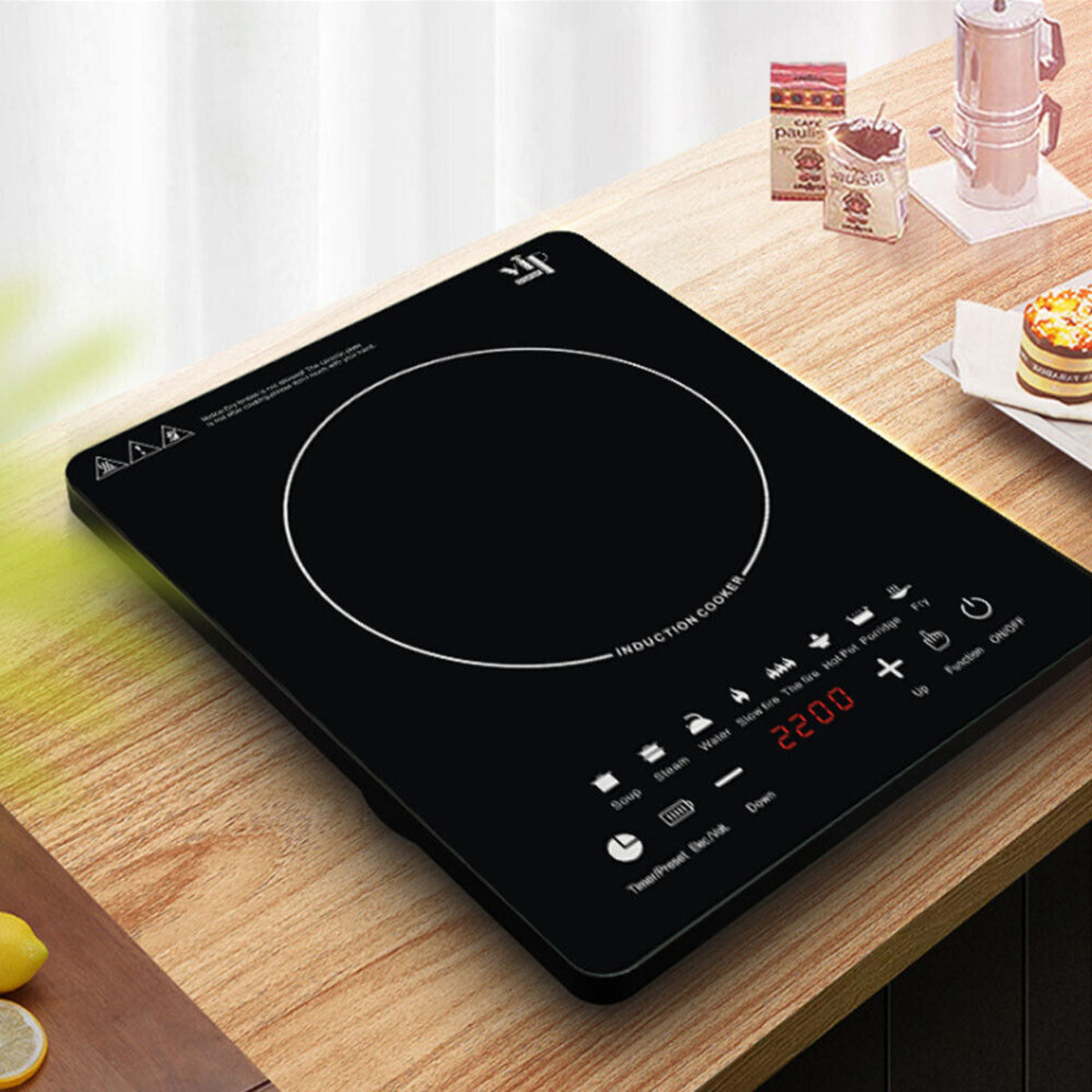

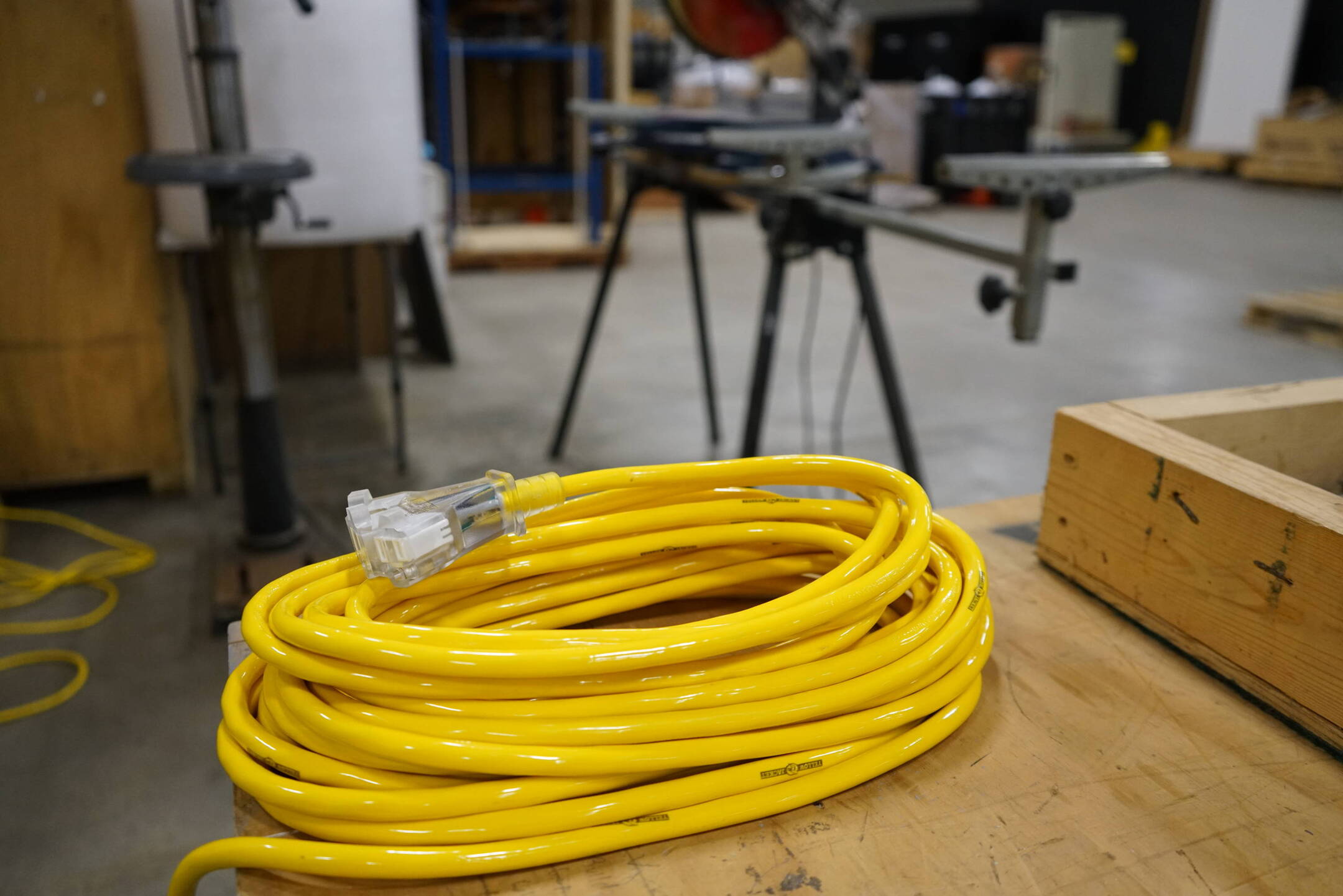
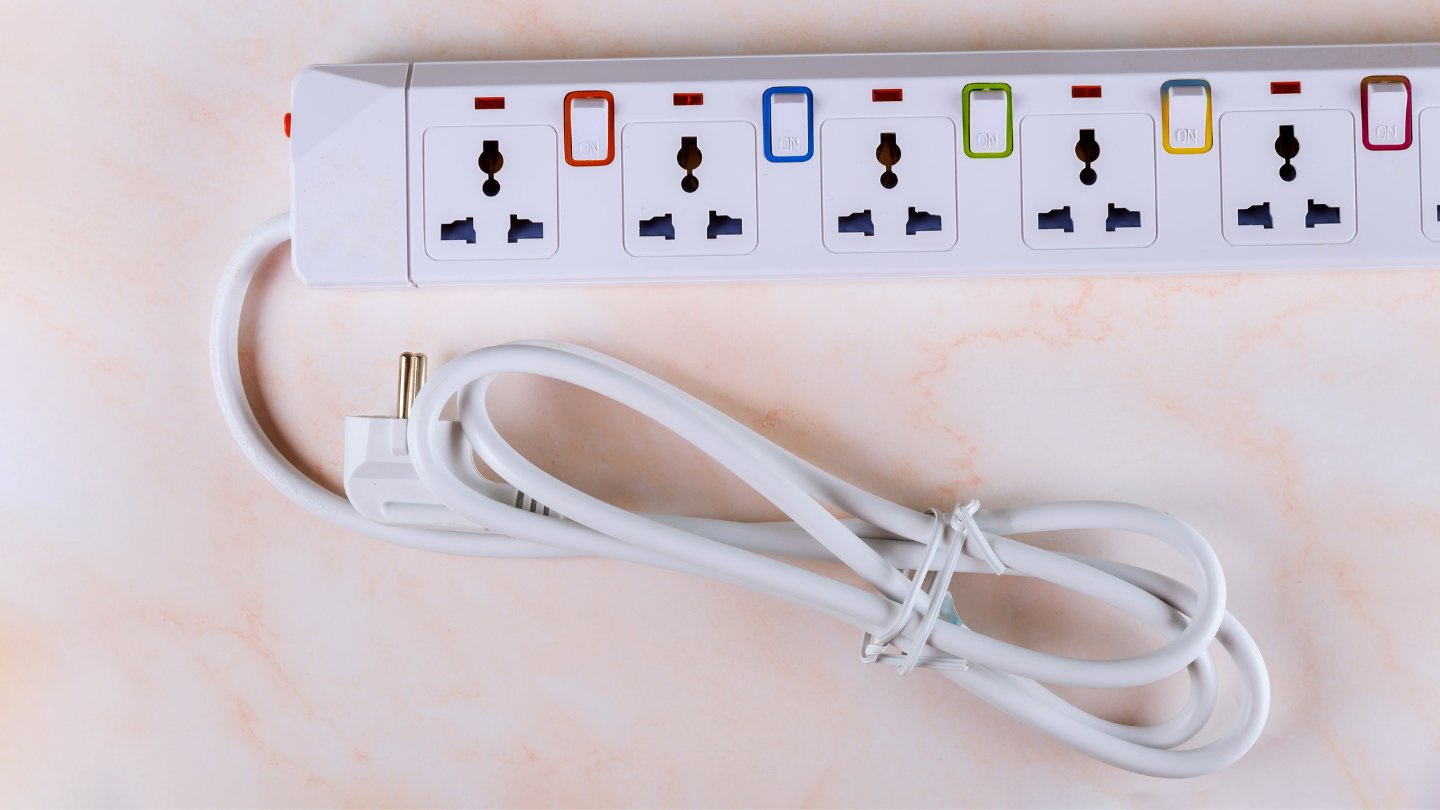
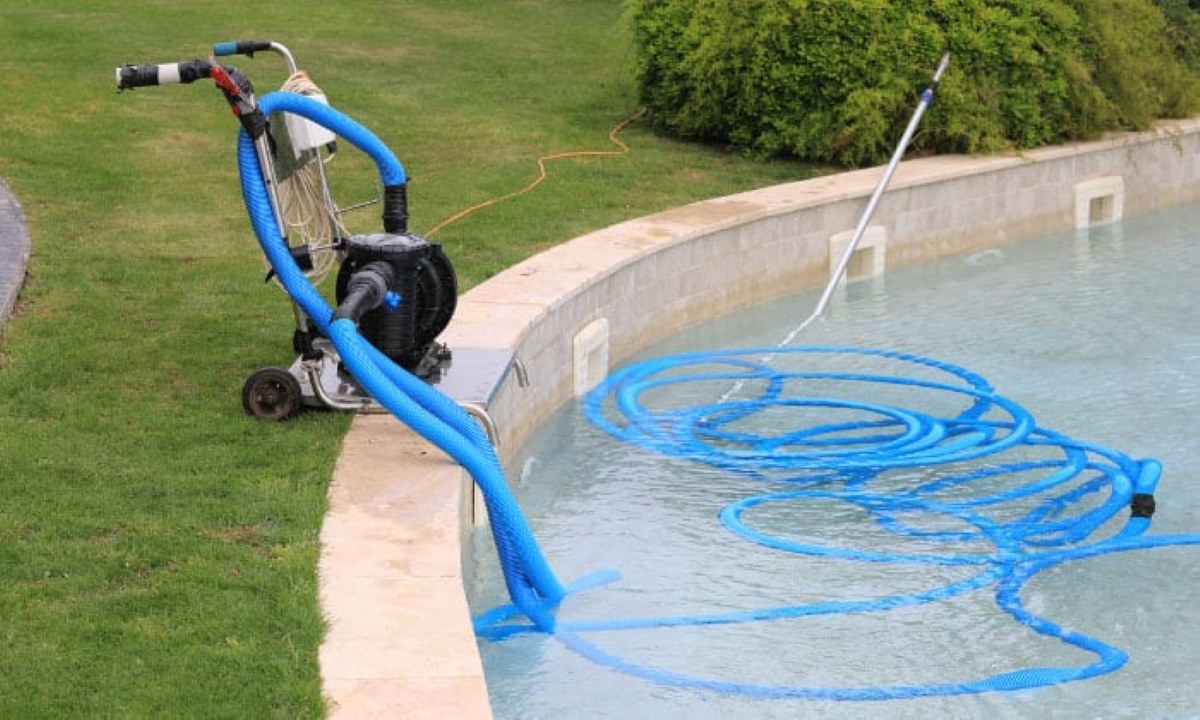
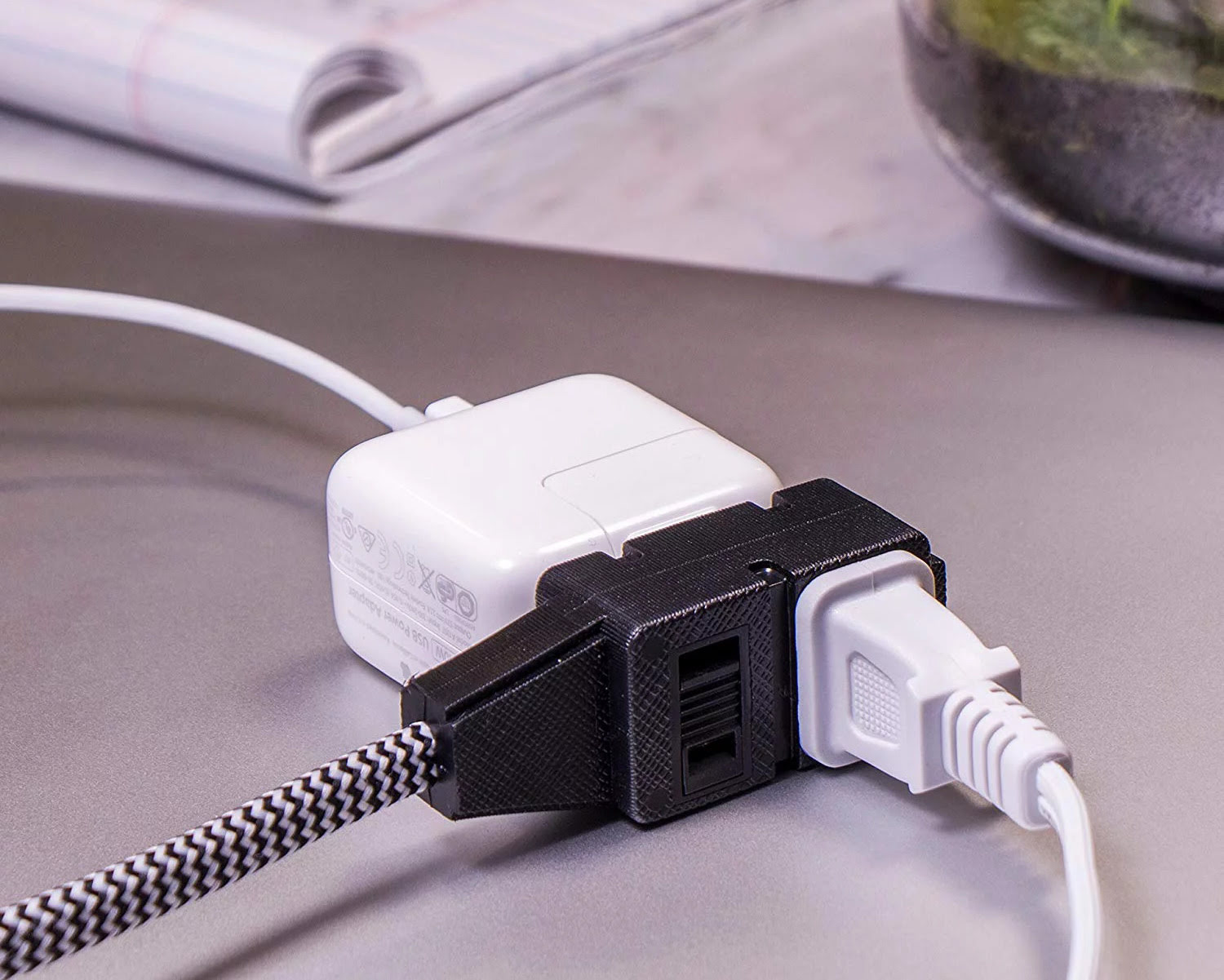
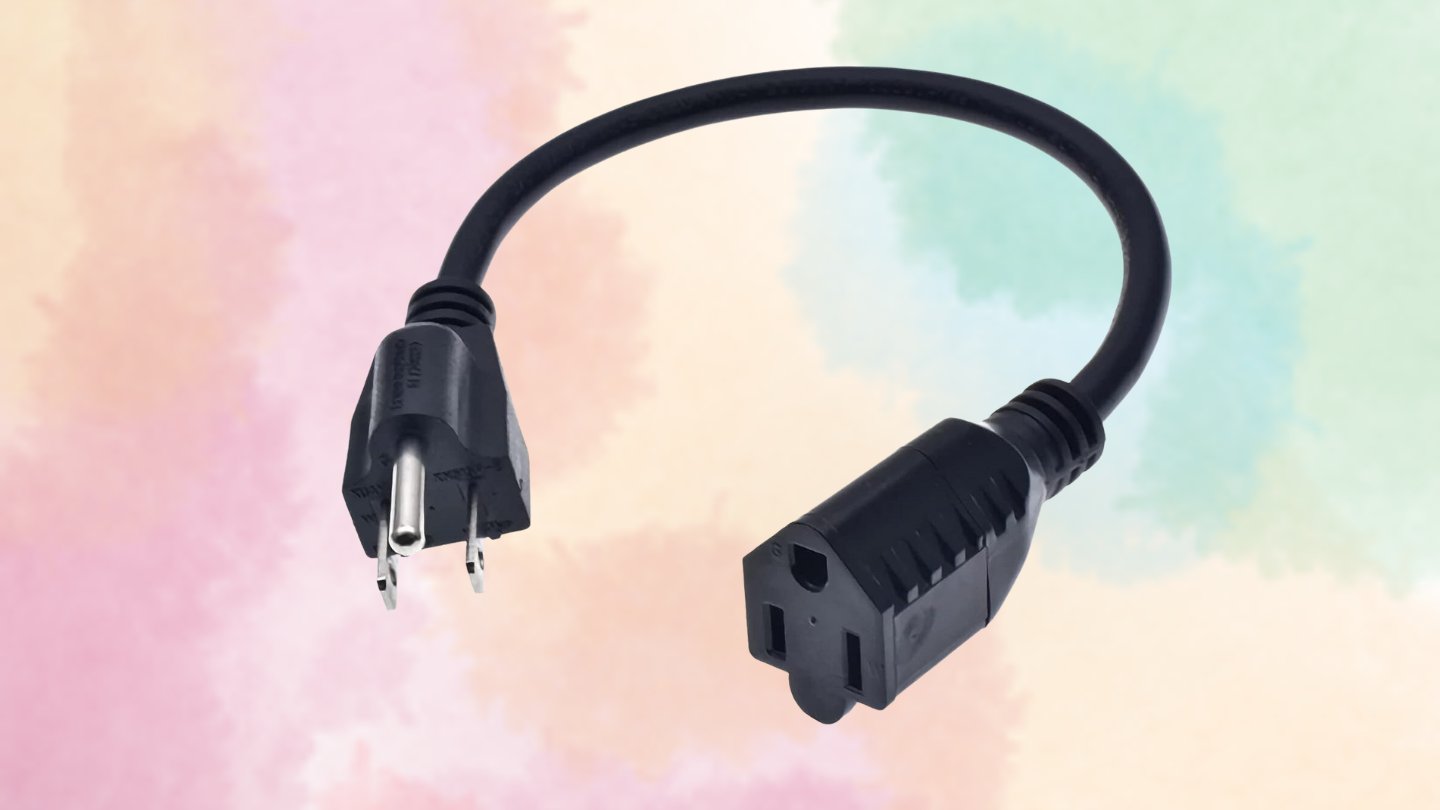
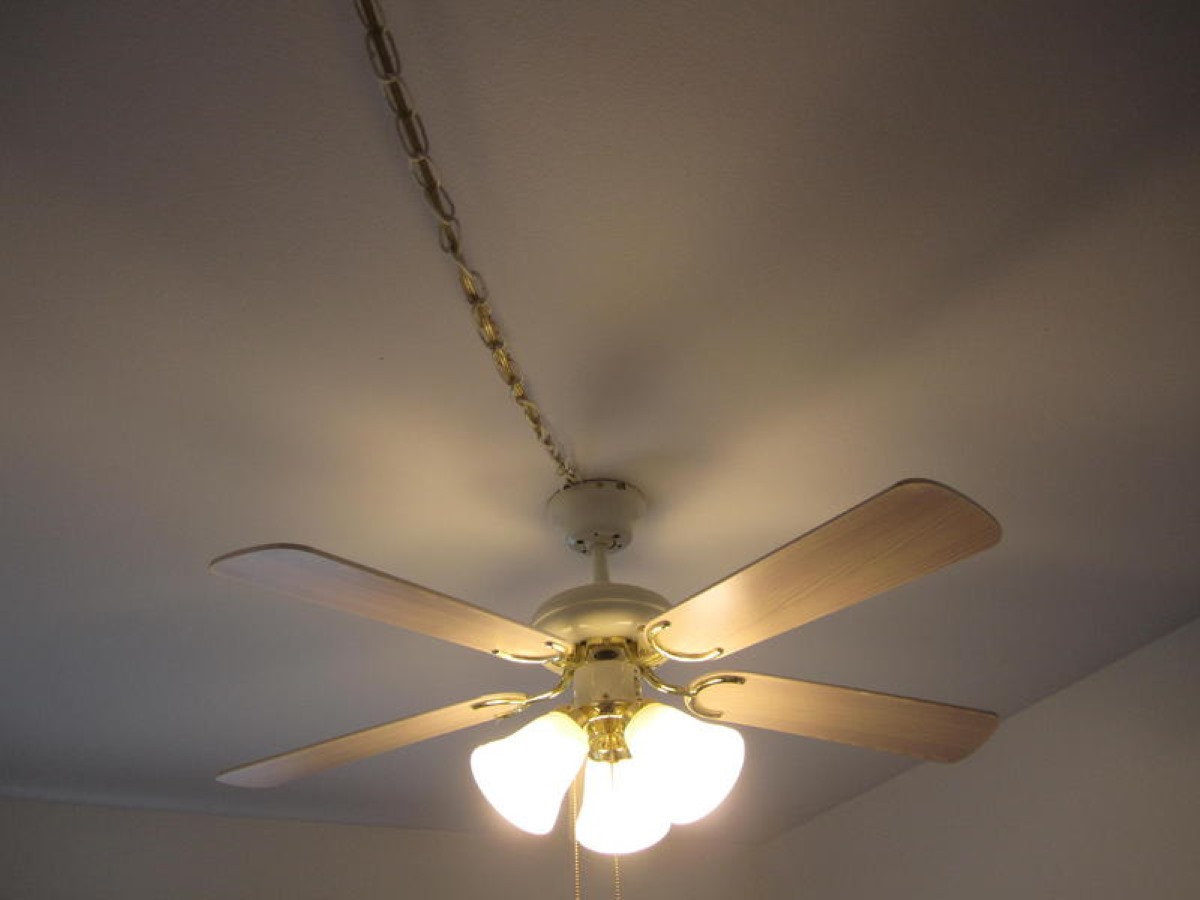
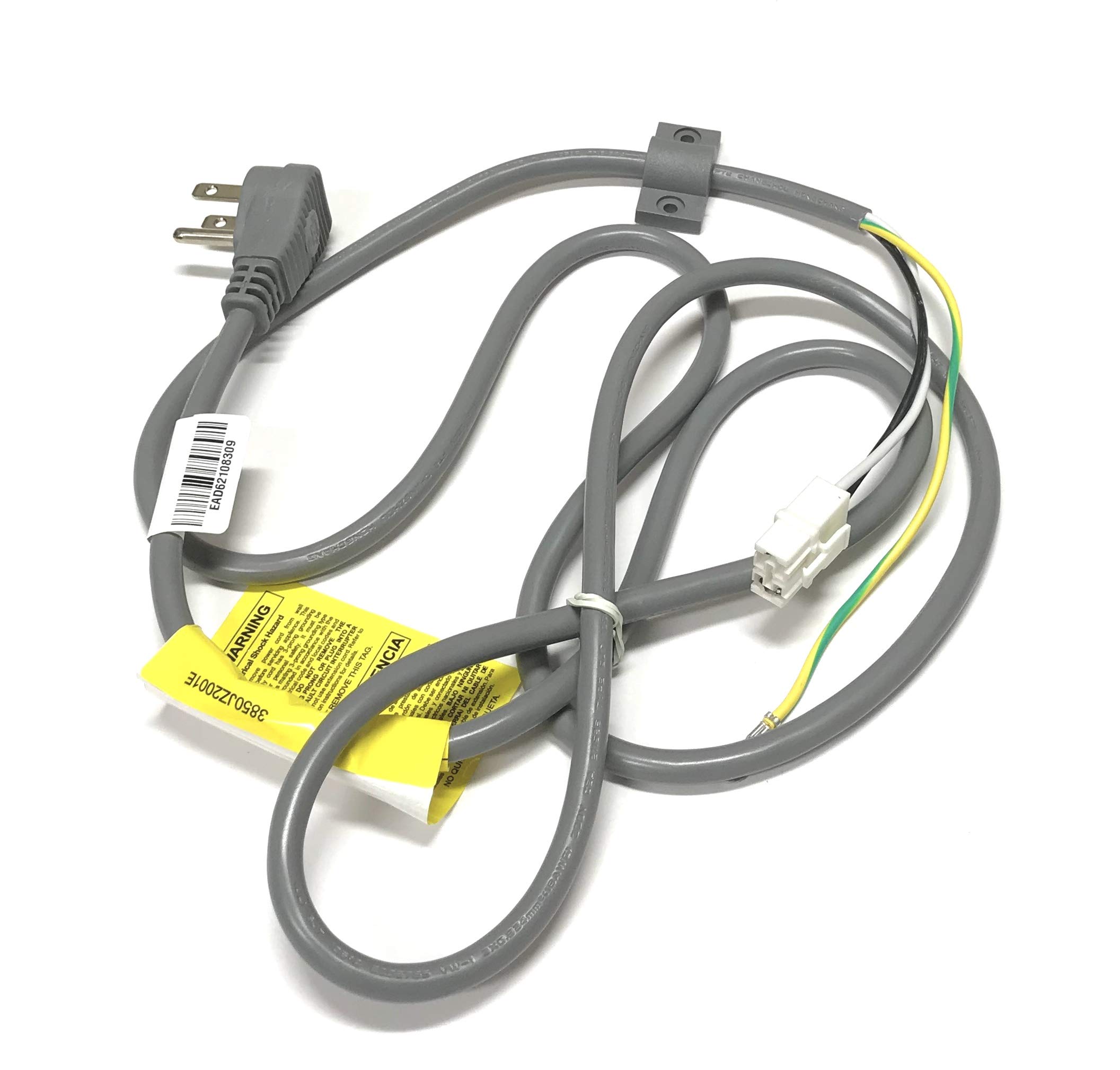
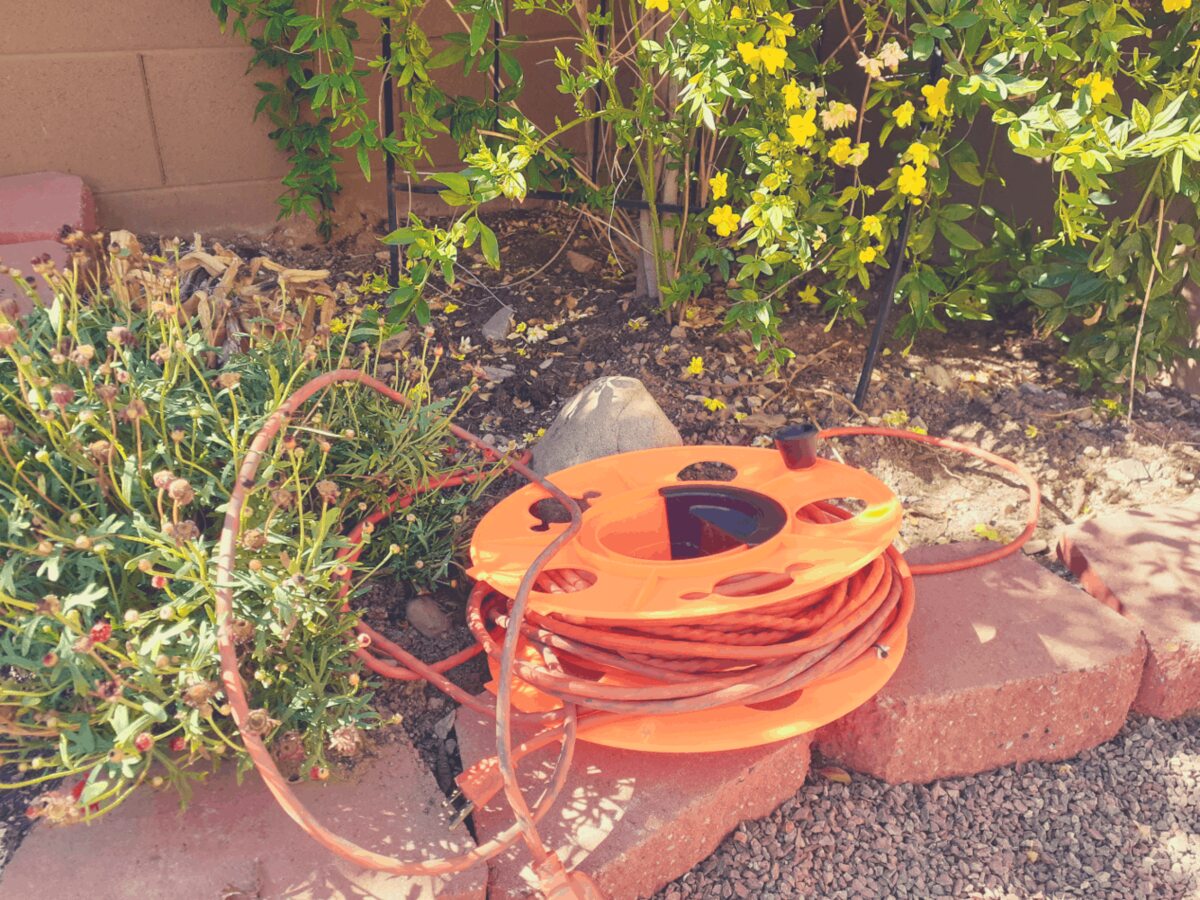

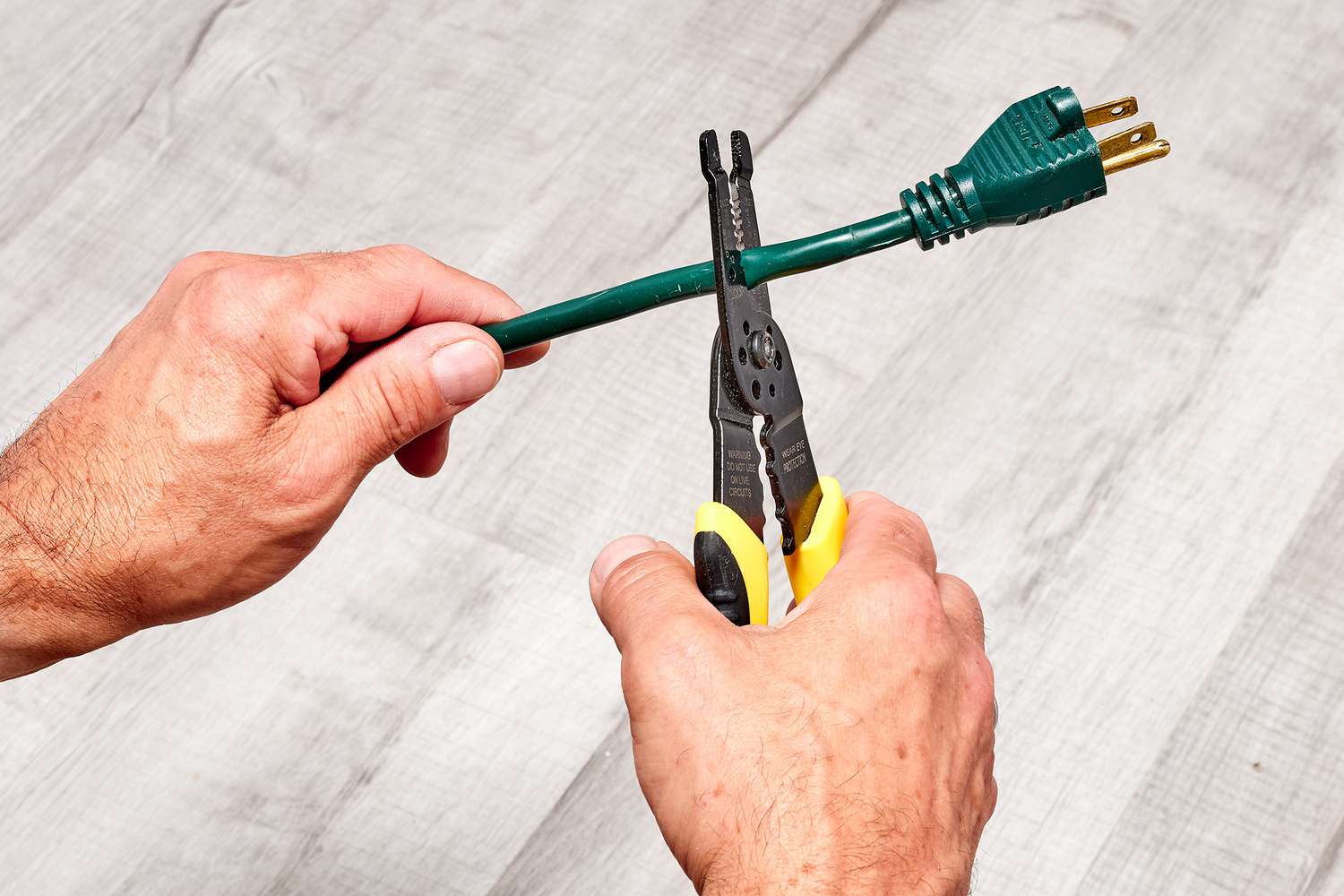
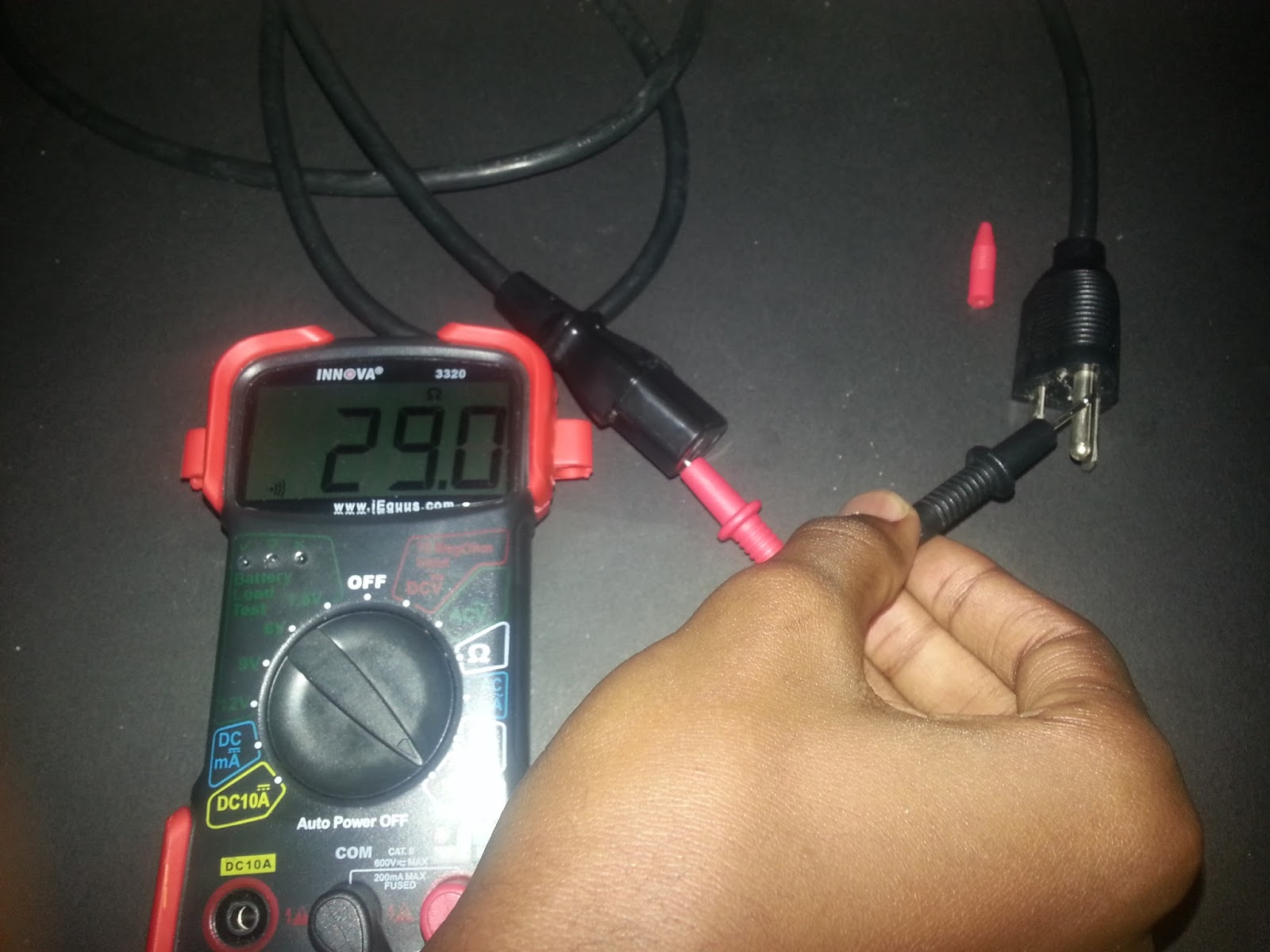
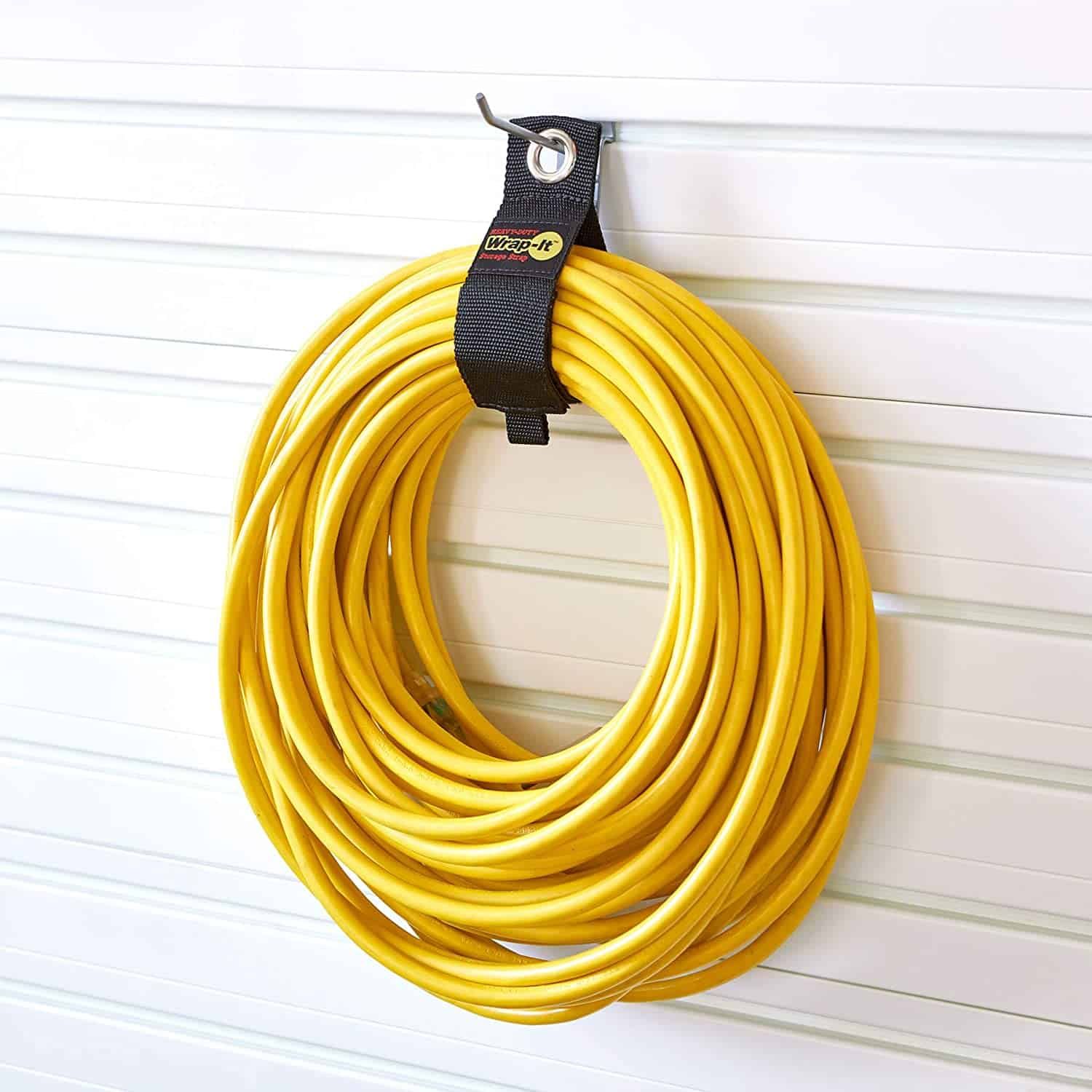

0 thoughts on “How Long Can A 220V Extension Cord Be”